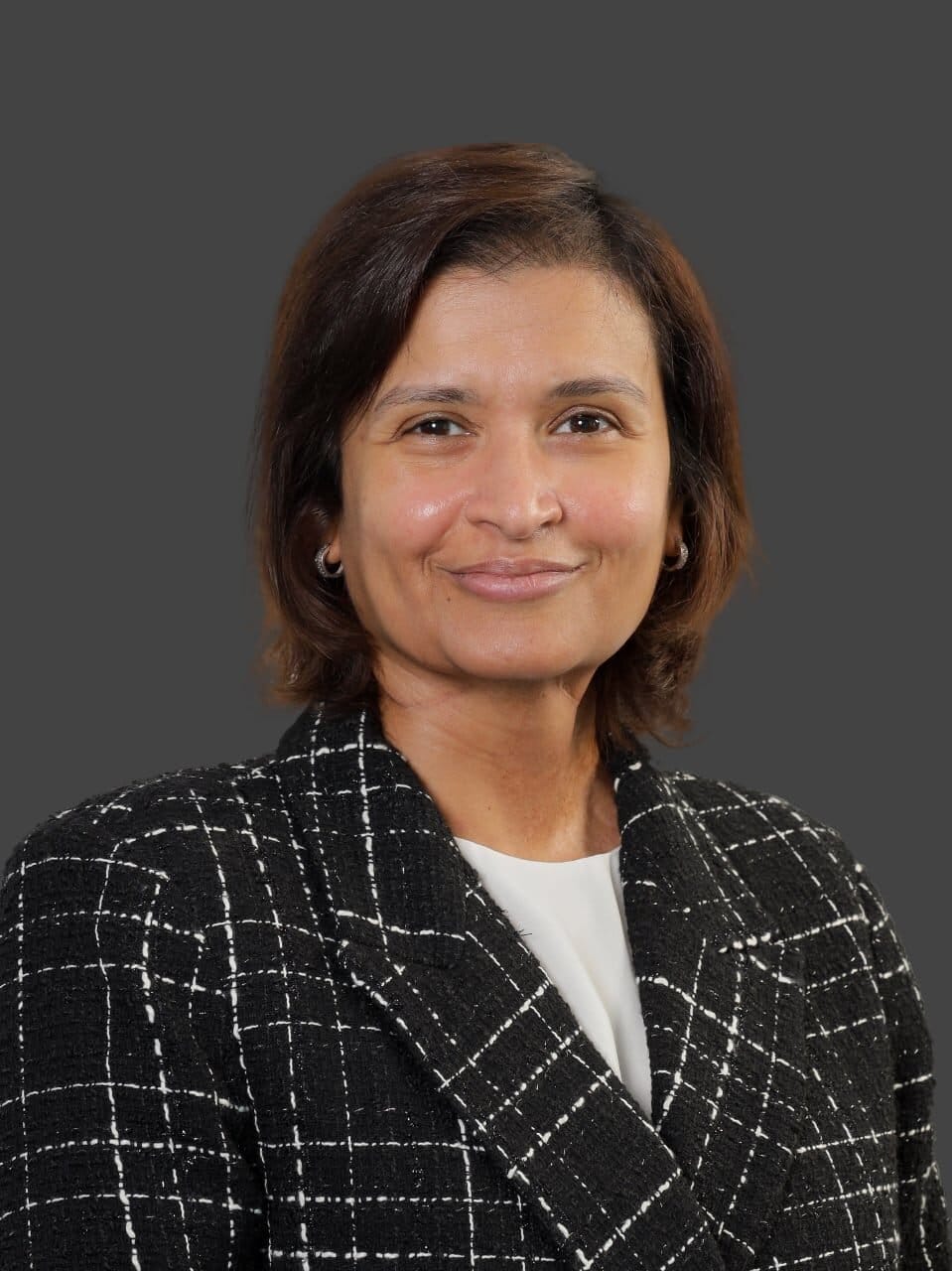GCC food demand to hit 55.5 million MT by 2029 as healthier eating and digital F&B reshape the market
Alpen Capital expects total food consumption in the GCC to rise by 4.6 million tonnes to 55.5 million tonnes by 2029, led by steady population growth and changing diets. Cereals post the fastest growth. Healthier choices and tech-enabled services gain ground. Saudi Arabia and the UAE remain the biggest consumers, together nearing three-quarters of demand by 2029.
What’s driving the growth
The market grows with people, income and tourism. Governments are also pushing food security and local production.
- GCC food consumption CAGR: 1.7% from 2024 to 2029, reaching 55.5m MT
- Growth drivers: population, high per-capita income, tourism
- Policy push: investment in vertical farming, hydroponics and smart agriculture
- Operator response: digital tools, product diversification, efficiency
Alpen Capital links the rise to demographics and spending power. It also highlights policy support and investment to cut import reliance and build resilience through technologies such as vertical farming and hydroponics. For UAE readers, this lines up with ongoing projects to grow more locally and reduce supply risk.
What people are eating
Category growth is steady, but not equal.
- Category CAGR range: 1.4% to 1.9% (2024–2029)
- Fastest: cereals at 1.9%
- Next: “others” group at 1.8% (fish, eggs, pulses, honey, potato, oils and fats)
- Also growing: vegetables, milk/dairy, fruits and meat at similar rates
The mix reflects shifting preferences. More health awareness, more protein choices, and steady demand for staples. Cereals remain core to regional diets and logistics, so any supply shock matters for pricing. For buyers in the UAE, the takeaway is simple: staples remain available, but brand and format choices tilt healthier over time.
Where demand sits in the GCC
Saudi Arabia and the UAE keep their lead.
- KSA + UAE share by 2029: 73.8% of GCC food consumption
- Highest country CAGR: Oman at 3.8%; Bahrain at 3.3%
- Others: between 0.1% and 1.8%
This matters for suppliers and retailers planning capacity and distribution. The UAE remains a premium market with high per-capita spend and fast adoption of new retail formats, from quick-commerce to cloud kitchens. Expect more product launches and private-label trials in the UAE as brands test new healthier SKUs.
Pressure points: imports, climate and waste
The GCC still relies on imports. That adds risk.
- Exposure: supply chain disruptions, geopolitics, price volatility
- Constraints: limited arable land, scarce water, harsh climate
- Ongoing challenges: food waste and long-term self-sufficiency
Policy and tech help, but cannot erase fundamentals. Expect continued investment in overseas agricultural assets and local agritech pilots in the UAE to buffer shocks and secure supply. For consumers, this often shows up as stable availability but price sensitivity during disruptions.
How tech and convenience reshape food in the UAE
Digital habits are changing food choices and fulfilment.
- Rising demand for online food delivery and quick-commerce
- Health apps guide low-sugar and high-protein choices
- Cloud kitchens add menu variety with lower overheads
- Consolidation likely in agritech, digital F&B and last-mile
This is visible on the ground in the UAE. Delivery platforms keep adding features and coverage, from Careem Food launches in Al Ain to seasonal promotions like Talabat summer dining deals. Grocery orders move faster with Careem’s AI-powered grocery list and larger-item fulfilment such as Careem Box XL in Dubai. Expect operators to buy capability rather than build from scratch as margins tighten.
UAE context: what readers can expect
- More healthy SKUs on shelves and apps
- More local produce from high-tech farms
- Faster delivery windows in Dubai and Abu Dhabi
- Stable supply with occasional price spikes during global shocks
For the UAE consumer, this translates to wider choice and better information at checkout, but also a need to read labels and watch value. Retailers will lean on bundles, loyalty and private labels to keep baskets steady. To stretch budgets, many turn to cheap restaurants in Dubai as well as delivery deals.
What this means for operators and brands
Tidy up product portfolios. Invest in data. Build resilience.
- Reformulate for lower sugar and higher protein
- Push clean-label where possible
- Use digital ordering and loyalty to hold share
- Strengthen supply and cold chain for cereals, dairy and fresh produce
The report notes a clear trend toward health-conscious consumption and digital engagement. In the UAE, brands that pair health claims with credible sourcing and timely delivery will find willing customers.
How fast is GCC food demand growing through 2029?
Alpen Capital projects a 1.7% CAGR from 2024 to 2029, reaching 55.5 million tonnes by 2029.
Which categories grow the fastest?
Cereals lead at 1.9% CAGR, followed by an “others” basket at 1.8% that includes fish, eggs, pulses, honey, potatoes, oils and fats.
Which countries drive most consumption?
Saudi Arabia and the UAE remain the largest. Together they reach 73.8% of GCC food demand by 2029.
Subscribe to our newsletter to get the latest updates and news








Member discussion